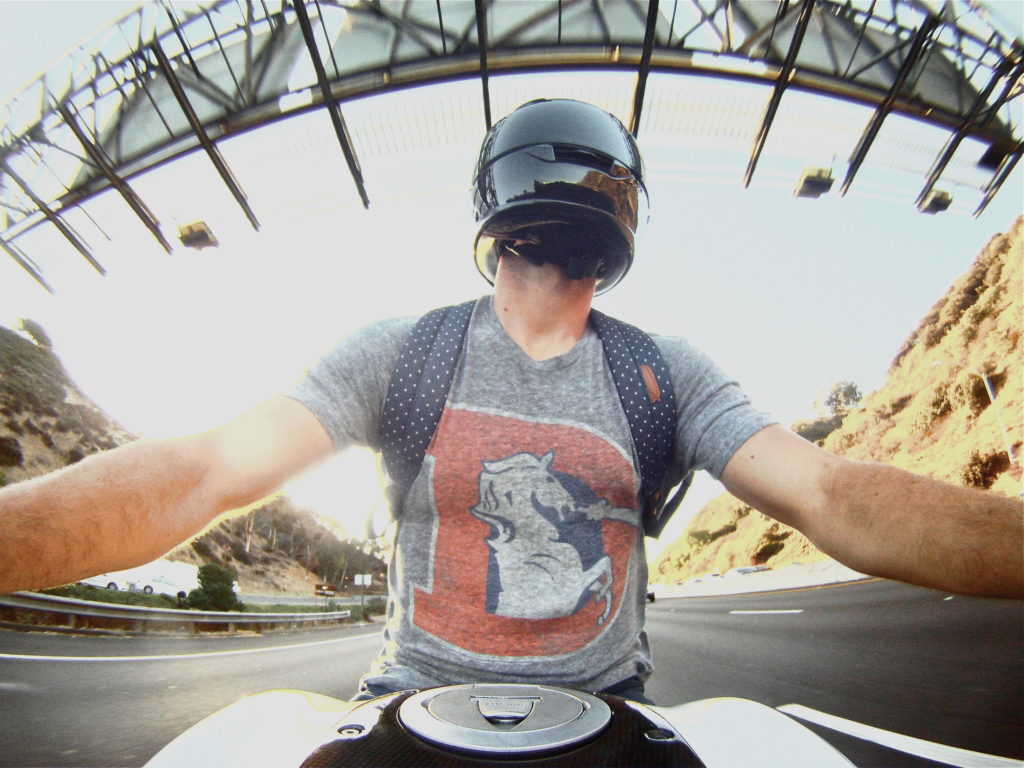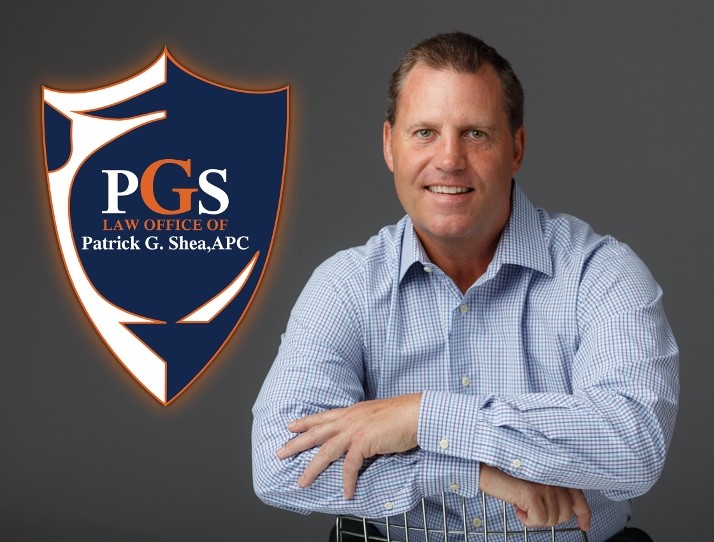The summer months are fast approaching, and there will likely be an increase in the number of motorcycles on our roadways. May is Motorcycle Awareness Month and the California Office of Traffic Safety, OTS, and the California Highway Patrol, CHP, are joining forces to try to reduce the number of accidents that involve motorcycles. They are working together to improve motorcyclist safety through education and improved awareness.
There are more than 900,000 motorcycles registered in the state of California and more than 1.4 million licensed motorcycle riders, according to the California Department of Motor Vehicles. Motorcycle accidents occur with some degree of frequency. There were more than 14,000 motorcyclists injured and 466 killed in traffic accidents last year. Although this number is down slightly from 2016, it is still too high.

Motorcyclist Safety in California
Motorcycle accidents happen most frequently when other drivers fail to see the motorcyclist. There are things both motorcyclists and other drivers can do to increase awareness. Motorcyclists need to realize that there are situations in which they may be hard to see. Motorcyclists should pay particular attention to traffic rules and drive defensively. Do not ride between lanes or on the side of the road, do not travel faster than the speed limit, and always ride sober. In addition, motorcycle riders should wear the proper protective gear including a U.S. Department of Transportation compliant helmet.
Other drivers need to be aware of motorcycles and share the road responsibly. Do not travel too closely behind a motorcycle and check all your mirrors before changing lanes. Drivers can also listen for motorcyclists on the roads and make sure that they leave space for them in traffic. Always use your turn signals before turning or changing lanes.
Motorcycle Safety Training
In an effort to improve motorcycle safety, CHP developed the California Motorcyclist Safety Program, CMSP. The program provides a 15-hour course that incorporates five hours of classroom instruction and 10 hours of riding. This course is required for motorcycle riders under the age of 21 and is highly recommended for everyone.
There are other programs offered through the CMSP. The Premier Program includes seven and a half hours of classroom instruction and 13.5 hours of driving. Courses are ideal for new riders and are great as refresher courses for those who have been riding for years. They are offered at various locations across the state.
What to do After a Motorcycle Accident
Safety on the roadway is everyone’s responsibility. If you were involved in an accident while on your motorcycle, you might be seriously hurt. Even at relatively slow speeds, a motorcyclist might suffer injuries that could include head trauma, back and neck injuries, broken bones, and internal injuries. If you were hurt in an accident, you may be entitled to compensation from the negligent driver.
An experienced personal injury attorney can assist you in getting the money you deserve for your medical expenses, lost wages, pain and suffering, and other damages. The time to file a claim is limited, so it is important to discuss your accident as soon as possible with a qualified attorney. Contact our skilled legal team at the Law Office of Patrick G. Shea for a consultation today.



Write a comment: